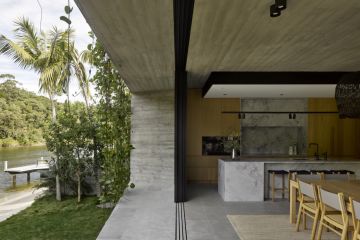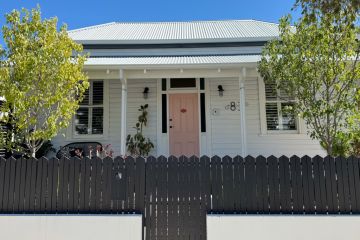Australian Urban Design Awards winners revealed: Victorian projects lead the awards
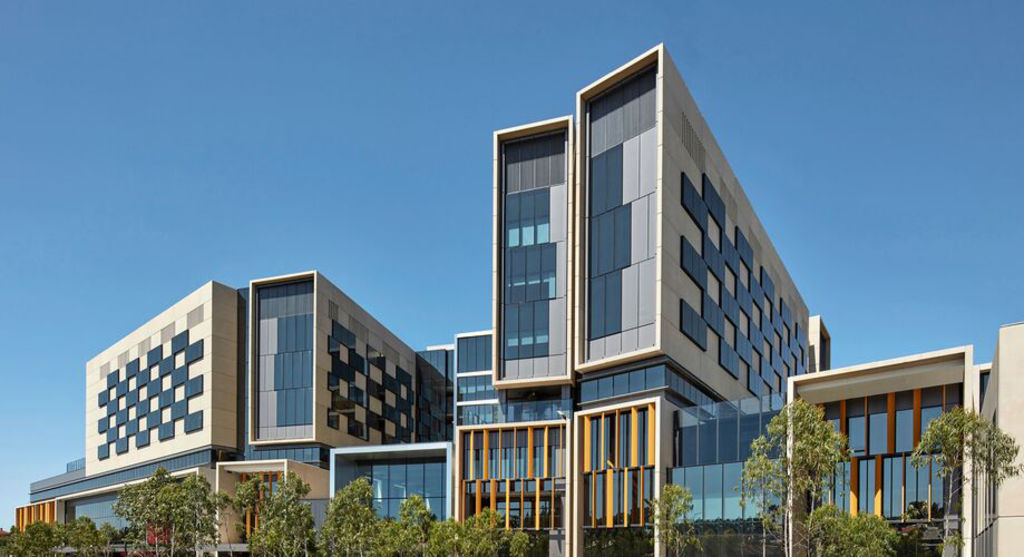
They’re more impactful on our lives than infill urban parks or plazas; they involve the interwoven skills of teams of built-environment designers and, according to the chair of the 2018 Australian Urban Design Awards jury – announced on Thursday night in Sydney – all the winning entries had “the X-factor that takes them beyond being competent projects to being outstanding; to having something really special”.
The annual awards have run since the mid-1990s when Paul Keating recommended their implementation to elevate what was then a marginal discipline, and they celebrate the best in urban design. As chairman Bill Chandler puts it, the awards recognise the importance of urban design as being “more than tarting up places with a few trees”.
According to Chandler: “Urban design represents the breadth of urban life and it’s an important tool for the community to deal with change — when most people don’t like change — and for the professionals to come up with good solutions.”
Limited to four major awards plus runner-up commendations, Chandler explains that they “represent macro and micro scales”. The categories encompass: built projects from a city or regional scale; neighbourhood level built projects; leadership; and advocacy that sets guidelines around all manner of projects.
As well as different scales there was incredible diversity in the 38 projects entered this year. From that total, five winners were named, with Victorian projects leading the charge.
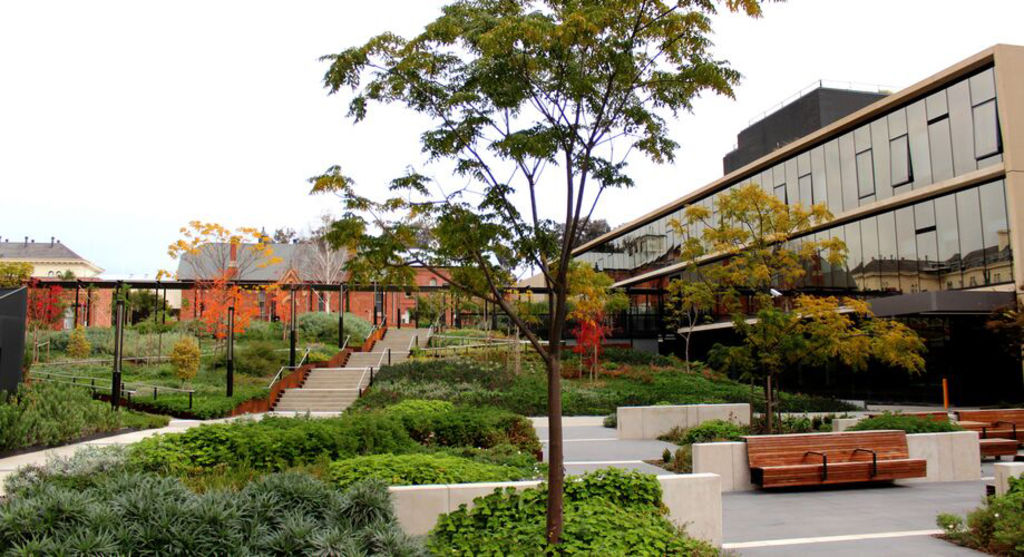
Prominent in the commendations, however, were ambitious NSW precinct renewals, including Barangaroo and Darling Harbour.
The new $630 million Bendigo Hospital by Silver Thomas Hanley with Bates Smart and Oculus, which opened early last year, is a highly nuanced, major-scale medical campus that – with its wedge-shaped towers, an internal “street”, tranquil inner courtyards and green roofs, and intriguingly syncopated facades of glass panels – make the facility appear more like a streetscape than a monolithically daunting medical building.
It won the City and Regional scale Built Projects prize and the jury decided it went “beyond convention by creating a precinct that engages with the heritage, [and] cultural and ecological character of the region”.
The cumulative experience of the associated practices that had a hand in its creation represents 230 years of experience: Bates Smart is 165 years old, Silver Thomas Hanley has a 40-year history and long specialisation in hospital design, and Oculus has operated for 26 years.
Such collective skill-gathering typifies the sophistication now required for big urban design exercises.
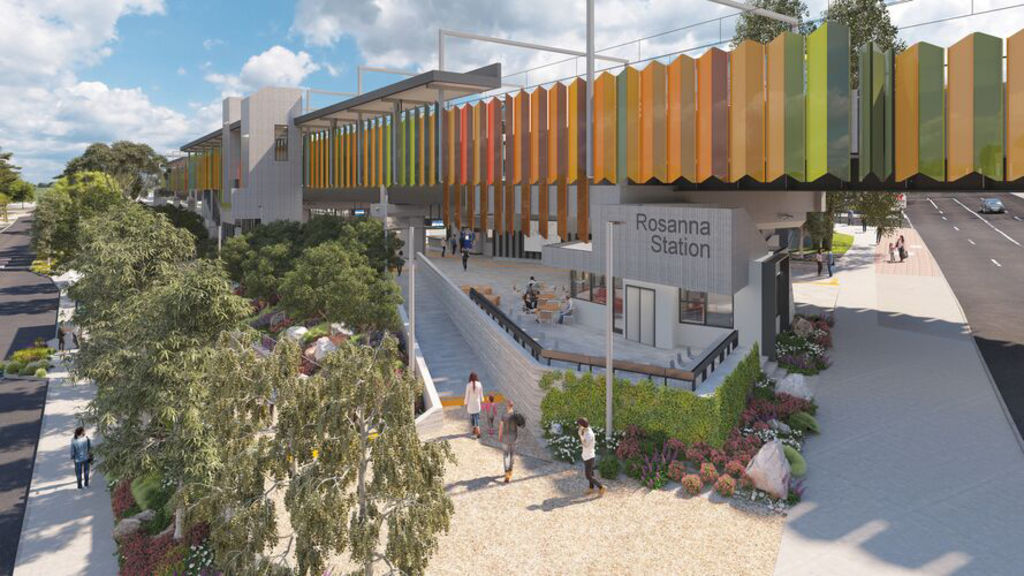
As Bill Chandler, an architect and urban designer himself notes, “the best urban design isn’t necessarily done by the best (singular) urban designer but by interdisciplinary teams of architects, engineers, landscape architects, urban designers and economists”.
Exemplifying this point are the two award winners of the Built Projects – local and neighbourhood scale.
Stage one of the regeneration of the former South Sydney Hospital site – part of Australia’s largest urban renewal project, which is the rejuvenation of Sydney’s Green Square neighbourhood – was led by the City of Sydney but entailed eight creative studios working together.
The principal image of the $32 million Joynton Avenue Cultural Centre is the work of architect Peter Stutchbury. The extraordinary fluted timber archways have given an amazing new frontage to a plain old nurses’ home and a large, sheltered outdoor public space.
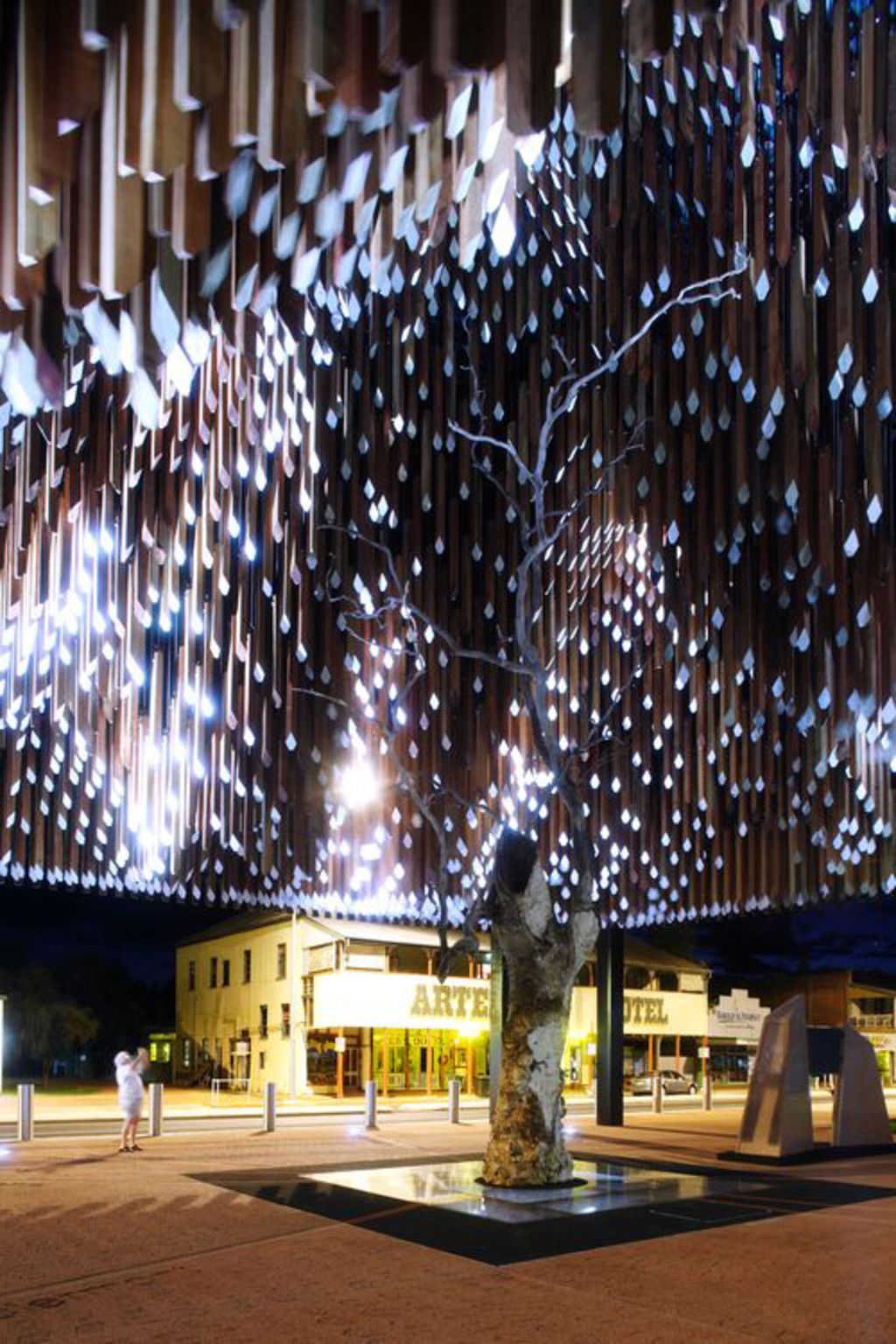
Chandler believes the winner of the second category award demonstrates that great urban design is not just a city thing but can revivify small country towns like Queensland’s Barcaldine – where the Labor Party was birthed under the unfortunately poisoned “Tree of Knowledge”. The award went to M3 Architecture and Brian Hooper Architect for their creative revival of the main street and, in particular, the symbolic reinstatement of the legendary tree site.
“It shows that investing in good design has a lot to do with pride of place”.
Two very different Melbourne projects took centre stage and captured the two award citations in Leadership, Advocacy and Research on a city and regional scale. The first for the highly pedestrian-focused “Central Melbourne Design Guide” that graphically and simply lays out ideal outcomes for new developments and – not before time – aims “to raise the quality of development” in a fast-changing CBD.
The same accolade went to the Level Cross Removal Authority’s Urban Design Framework that is orchestrating the massive replacement of Melbourne’s dangerous railway crossings with subterranean or elevated rail corridors.
About 50 replacements are due to be delivered by 2022 and just this week the Victorian Government announced a further 25 more replacements.
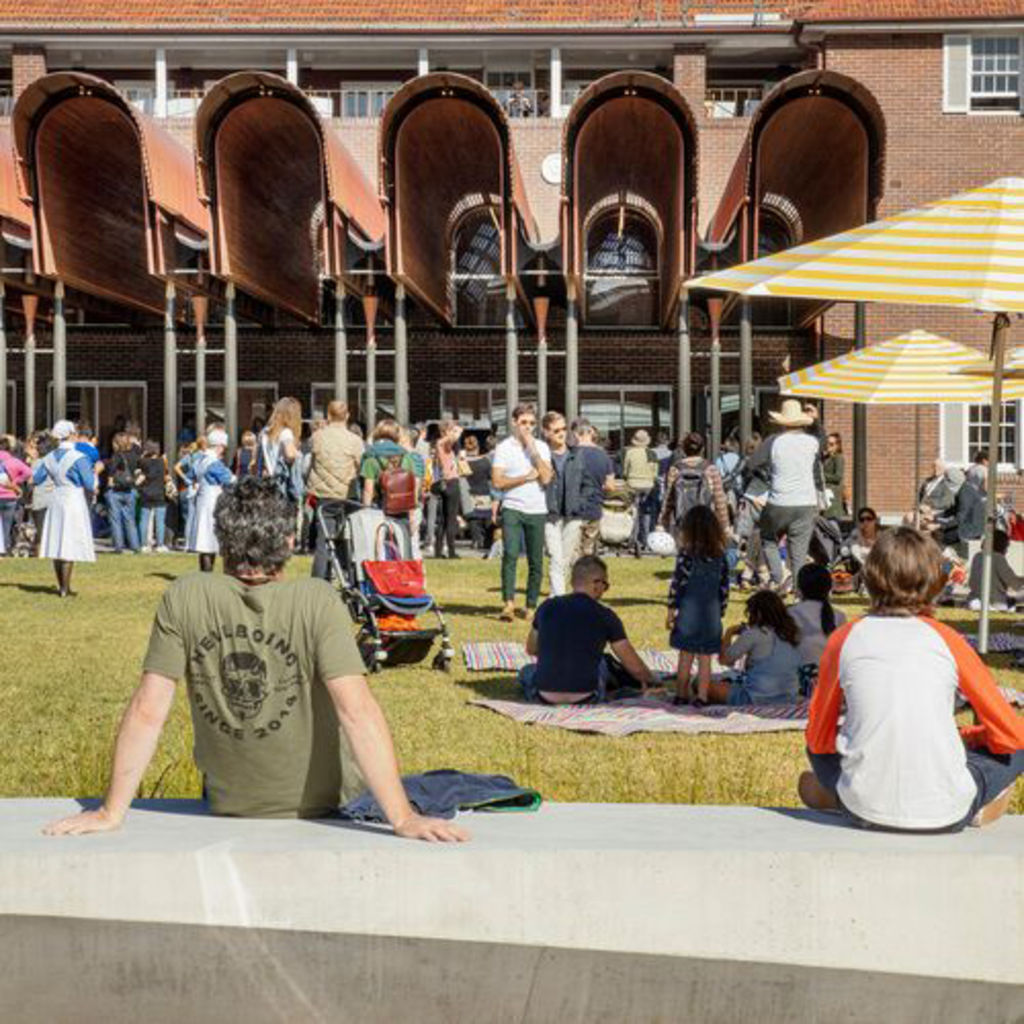
No main award was given for local or neighbourhood scale leadership and advocacy. “Nothing had the X-factor,” said Chandler. But two commendations were given for the future planning for West Melbourne, and another for an integrated vision for Perth’s Curtin University campus.
Called “The Living Knowledge Stream” the Curtin University guide relies on Indigenous knowledge to interlink green spaces, infrastructure and water.
Urban design, according to the jury chair, has a lot to do with giving communities a sense of control, of ownership, and identity of place, and “with recognising how important it is for people to feel comfortable in their environment”.
THE 2018 AUSTRALIAN URBAN DESIGN AWARDS
BUILT PROJECTS – City and regional scale
AWARD: Bendigo Hospital Project (Vic) by Silver Thomas Hanley with Bates Smart and Oculus
Commendation: Darling Harbour Transformation (NSW) by Hassell/Hassell and Populous
Commendation: Barangaroo South (NSW) by Aspect Oculus, Lendlease, Rogers Stirk Harbour and Partners
BUILT PROJECTS –Local and neighbourhood scale
AWARD: Former South Sydney Hospital Site – Stage 1 (NSW) by City of Sydney with Peter Stutchbury Architecture, Design 5, JMD, Sprout Landscape Architecture, CAB, Fox Johnston, Jane Irwin Landscape Architects and CHROFI.
AWARD: Main Street Barcaldine (QLD) by M3 Architecture and Brian Hooper Architect
Commendation: Railway Square (WA) by Place Laboratory.
LEADERSHIP, ADVOCACY AND RESEARCH – City and regional scale
AWARD: Central Melbourne Design Guide (VIC) by City of Melbourne
AWARD: Level Crossing Removal Authority Urban Design Framework (VIC) by Level Cross Removal Authority.
Commendation: Urban Choreography: Central Melbourne 1985 (VIC) by Kim Dovey, Rob Adams and Ronald Jones.
LEADERSHIP, ADVOCACY AND RESEARCH – local and neighbourhood scale
NO AWARD GIVEN
Commendation: West Melbourne Structure Plan (VIC) by City of Melbourne
Commendation: The Living Knowledge Stream Design Guidance for Curtain University (WA) by Syrinx Environmental, Sync7. Dr Noel Nannup
We recommend
States
Capital Cities
Capital Cities - Rentals
Popular Areas
Allhomes
More
